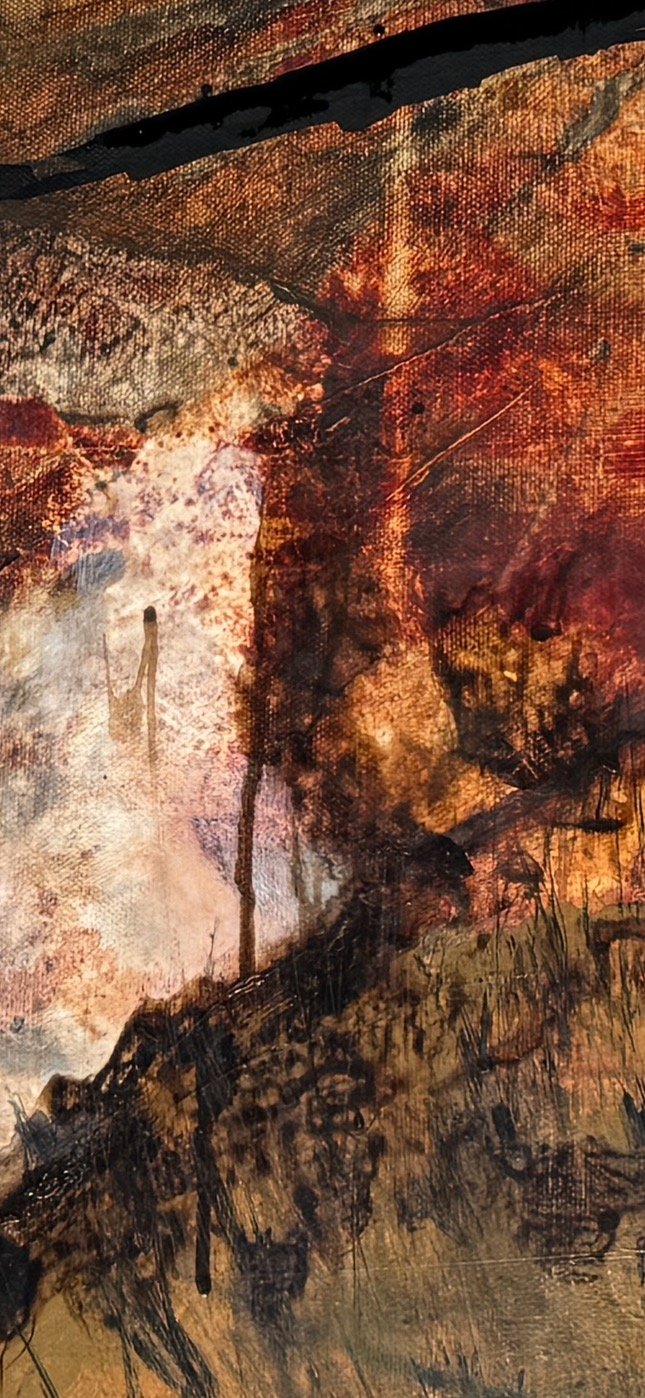The Visual Poetry of Abstract Art
The brain likes representational art because we are wired to recognize patterns. We like looking at a painting of the beach as it directly calls up our beach memories and experiences. Representational art takes a tremendous amount of skill and talent to make for sure, and I enjoy it. I can also appreciate the patience and technical skill to produce that kind of work.
Abstract art is my true love. It’s not nearly as easy for our brains. It’s much more subtle and harder to discern the skill and complexity involved. It’s more challenging in the sense that it often removes recognizable objects to purely communicate in terms of feeling or energy to the viewer. The artist pours their energy into the painting and the viewer filters that through their own experiences and feelings.
This is what I love about it. Abstract art uses line, color, shape, and texture the same way poetry uses imagery and metaphor. It requires a unique visual language that circumvents words and gets to the emotion straight through our eyes. There’s a tremendous sophistication in this economical visual language. It conveys so much with so little.
The more experience I have with this, the more I fall in love with this idea. For example, I had a powerful experience with my art editor, Jen Brannon, who I hired for my book. We didn’t know each other before we started working together. I had been researching her background and experience for several months. We had exchanged maybe a couple of sentences online before I approached her with my project.
All she knew of this was that my late husband had died and these paintings were for a book of grief poetry. She had seen one painting of mine previously and that was about it. She wanted to experience each piece with no additional background so she could present a non-biased view. When we came back together, she asked me to tell her about each painting and then she shared her thoughts that she had prepared for our discussion.
I was amazed. She connected with every piece. She had suggestions and questions about each one, of course, but she read the energy of each piece incredibly accurately. It was the most powerful affirmation and confirmation I have ever experienced in nearly any professional capacity.
When you’re looking at a piece of abstract art, ask yourself what feeling it evokes for you. Try to identify the energy of the painting through the movement of the brushstrokes. Learn to enjoy both the loud and quiet conversation in it. Think of it in terms of visual poetry and see if that enhances your enjoyment of it the way it does for me. Give Jen Brannon a follow on Instagram!




